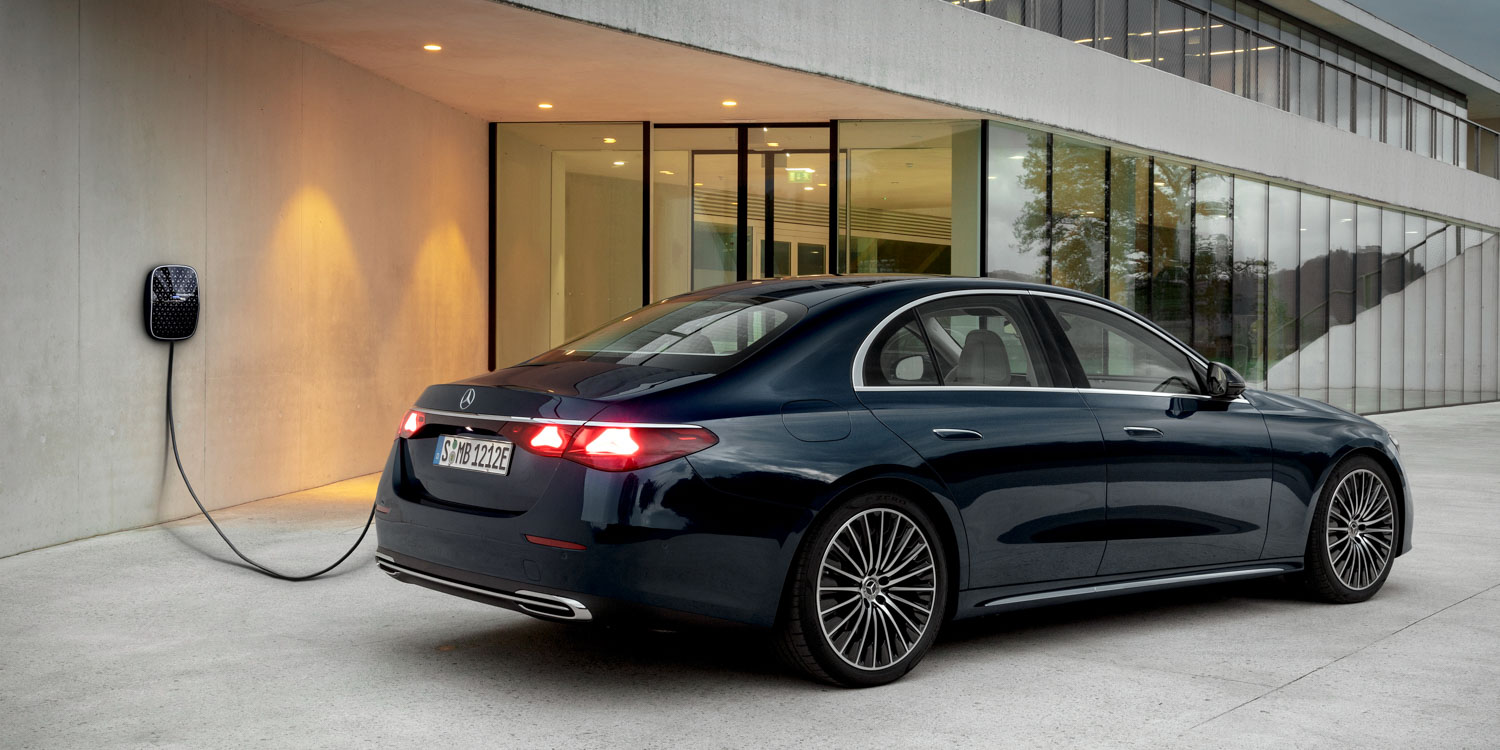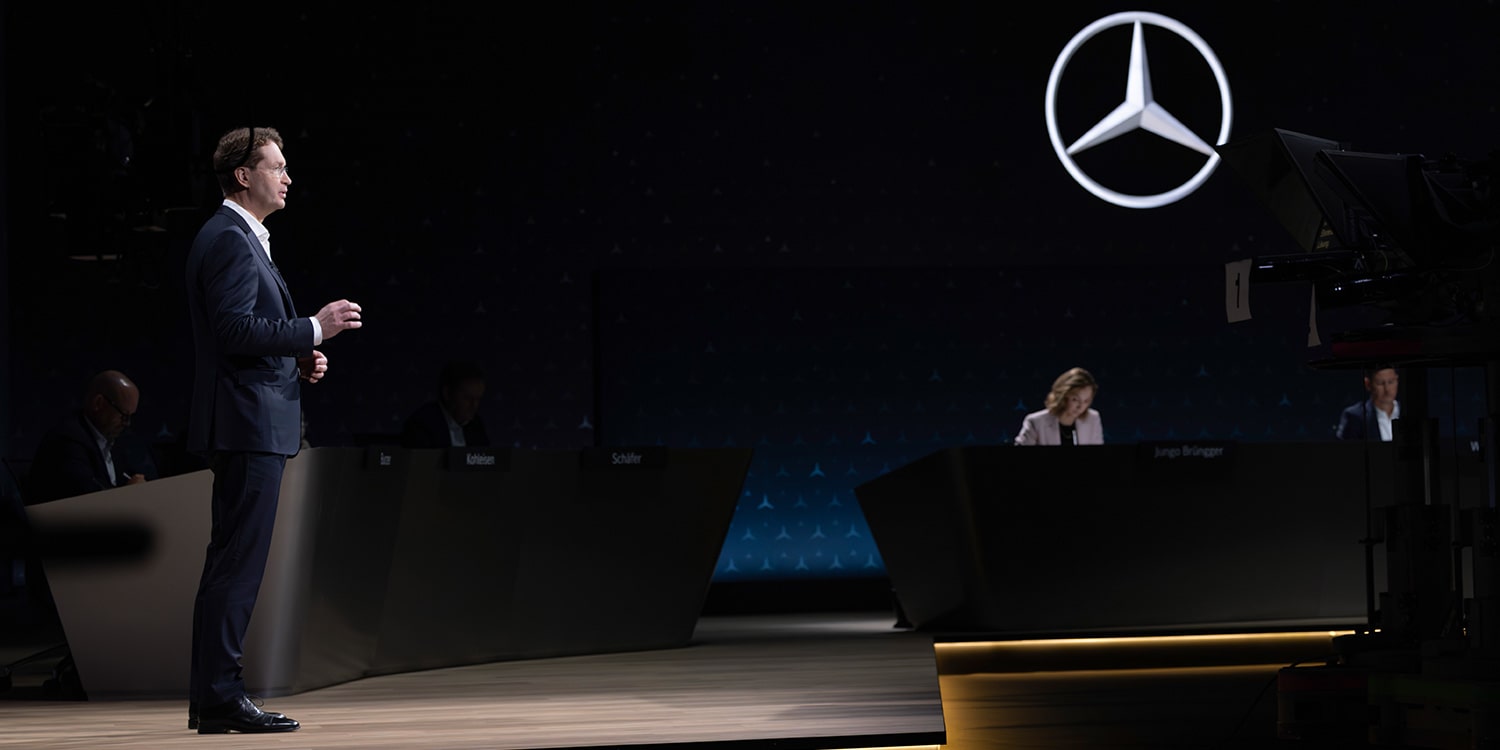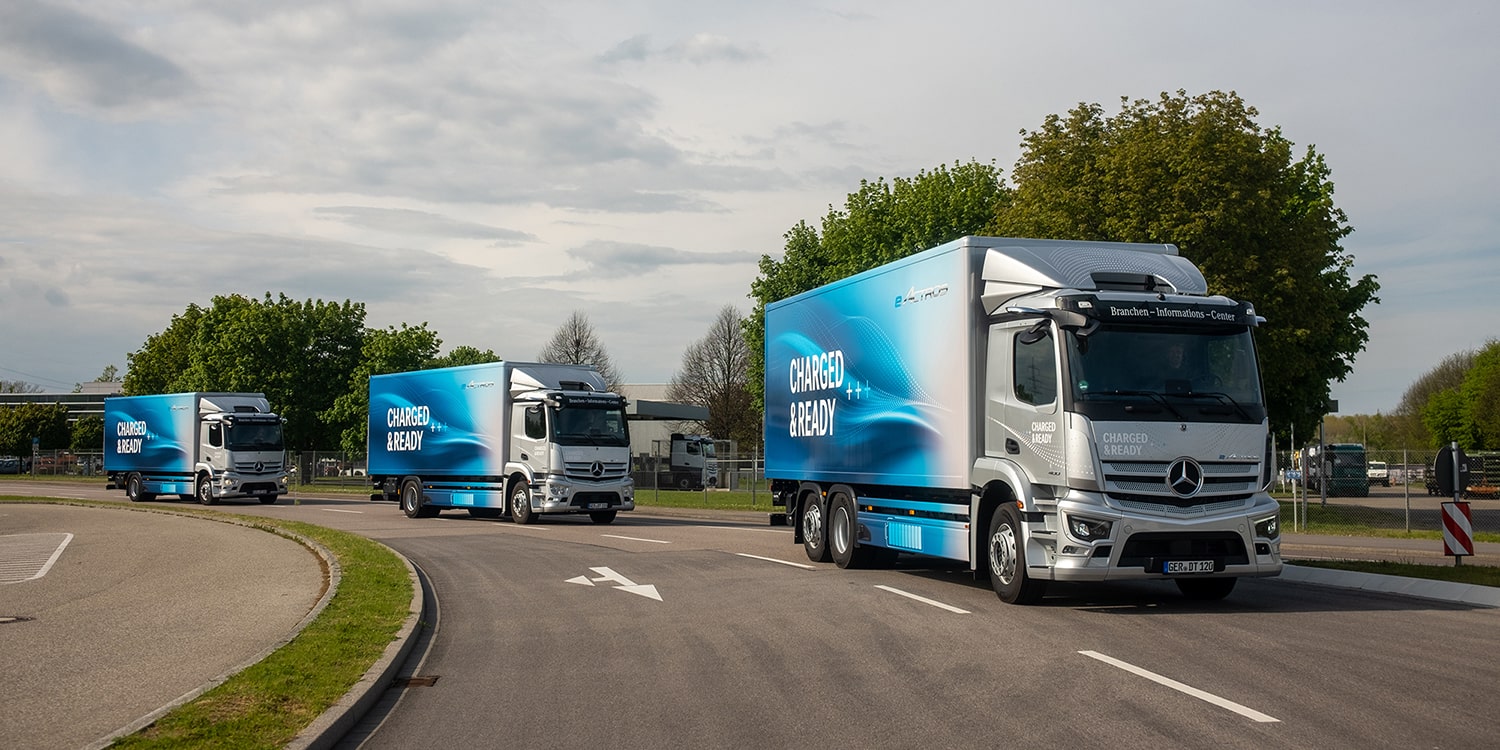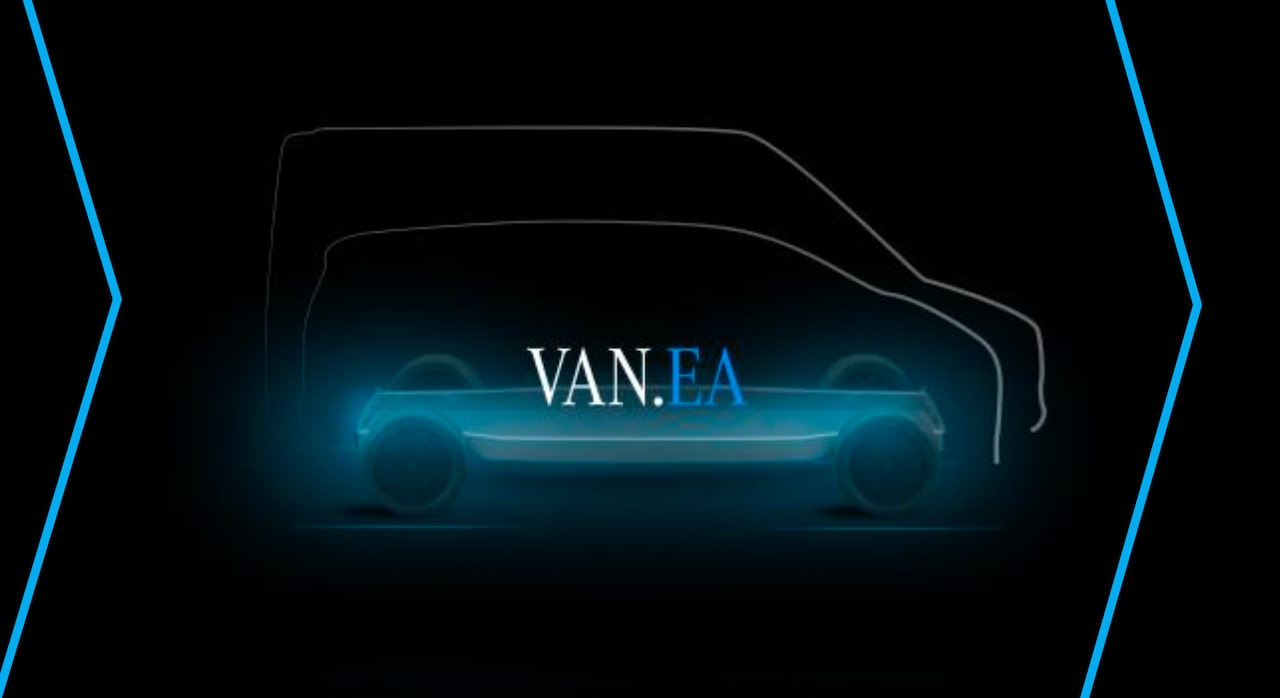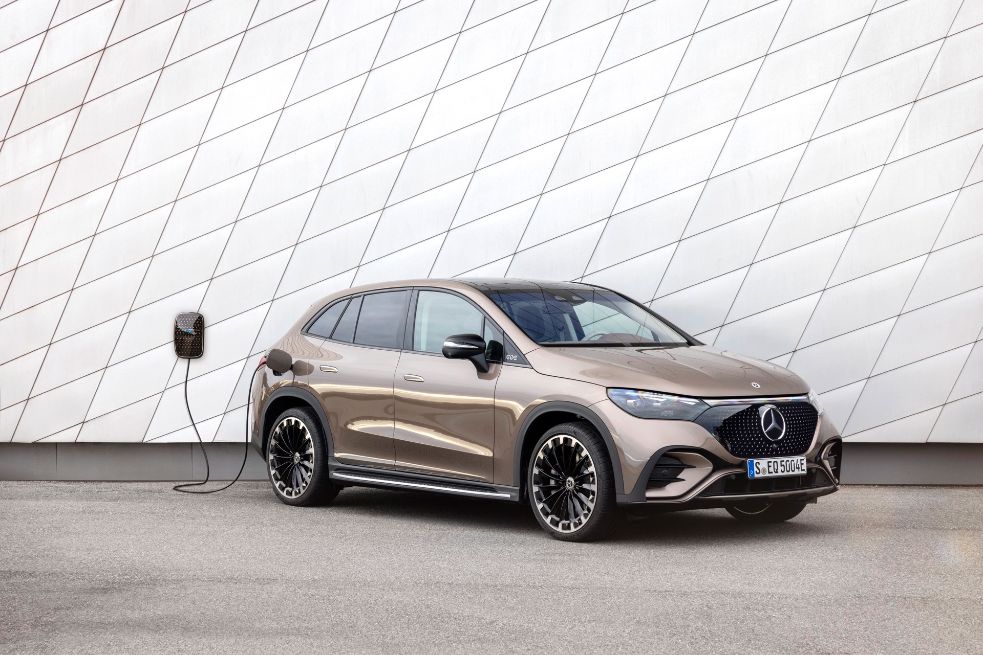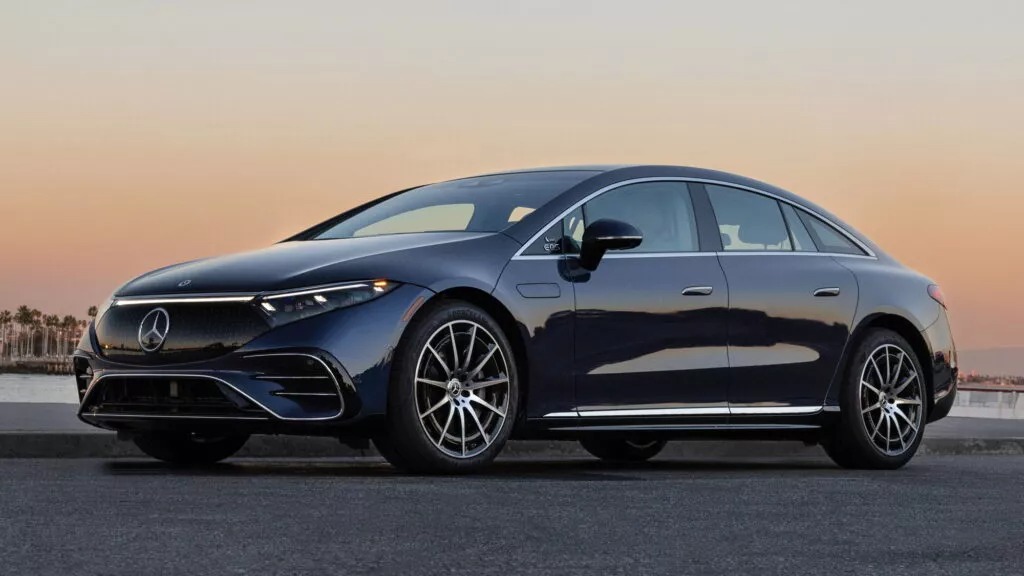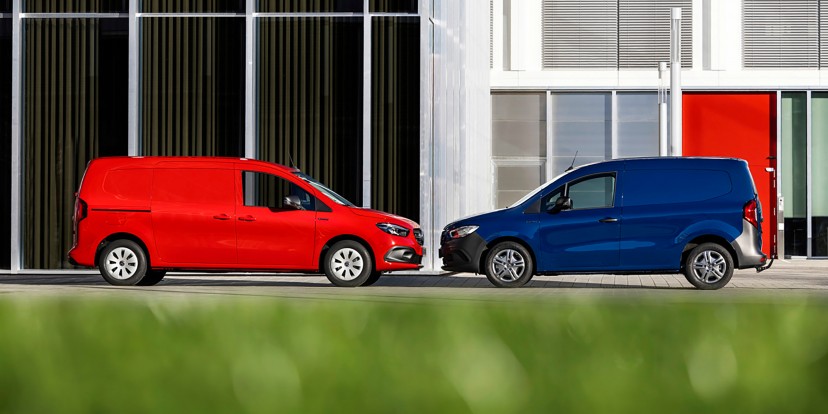Mercedes-Benz has recently revealed the latest addition to its fleet of vehicles, the new E-Class. However, what is noteworthy is that it will be the last new model from the manufacturer that runs on pure combustion engine platform. Starting from the autumn of 2023, Mercedes-Benz will offer three fourth-generation plug-in hybrid models. This is part of the company’s long-term strategy to shift its focus towards electric vehicles.
The new E-Class will come in two versions, the E 300 e and E 300 e 4MATIC, both equipped with an electric drive output of 95 kW and a 25.4 kWh battery. Depending on the version, the E-Class can travel between 95 and 115 kilometres on a purely electric mode. The system output of these two versions is up to 230 kW (312 hp). On the other hand, the E 400 e 4MATIC version boasts a system output of 280 kW (381 hp). The electric motor is a permanently excited synchronous machine that provides 440 Nm of torque from the first engine revolution. According to Mercedes, this should ensure “high agility when starting off and dynamic driving behaviour.” The battery consists of 96 pouch cells and has a high power density, which is why it has been given an internal cooling system. The thermal management system can regulate the battery temperature independently of the interior air conditioning, allowing for continuous operation in hot and cold climates.
See also: Mercedes-Benz To Phase Put EQ Label For Electric Models in 2024
The new E-Class is designed to cover most of the customers’ everyday routes without using the combustion engine, thanks to its increased range. An 11 kW on-board charger is installed for AC charging. Fast charging with direct current is also possible, with up to 55 kW at peak. A completely empty battery can be charged in around 30 minutes. The intelligent operating strategy provides the electric driving mode for the most sensible route sections based on the information from the route guidance of the navigation system. For example, the hybrid driving program prioritises electric driving on routes in urban areas.
The new E-Class is the last new model from Mercedes that is based on an internal combustion engine platform. All subsequent new model series from 2024/2025 onwards will be based on architectures that the Stuttgart-based company is developing specifically for electric vehicles. In the new generation, half of all powertrains offered in Europe are already plug-in hybrids.
The new E-Class follows the classic proportions of an internal combustion sedan with a short overhang at the front and a long bonnet, followed by the passenger cabin set far back. The interior space has become larger, thanks to the increase in wheelbase by two centimetres to 2.96 metres compared to the previous generation. The boot capacity is up to 540 litres. The increasing electrification of the E-Class is also evident in the design, with a black panel-like surface connecting the radiator grille with the headlights. The “high-gloss black” inlay is visually reminiscent of the Mercedes-EQ models. The radiator grille is available either with an integrated Mercedes star or only with louvres.
Inside the new E-Class, there is a “superscreen” inspired by the “hyperscreen” of the EQE and EQS. The layout features a large central touchscreen and a separate passenger touchscreen under a large glass surface. While there is still a separate driver’s display, the design has been adopted to provide a sleek and modern feel to the vehicle.
See also: Mercedes-Benz EQE SUV specifications : power, battery and range
In conclusion, the new E-Class marks a significant shift towards the electrification of Mercedes’ fleet of vehicles. With the company’s long-term strategy to focus on electric vehicles, this new plug-in hybrid model is just the beginning of the changes that the manufacturer will be introducing in the years to come.

